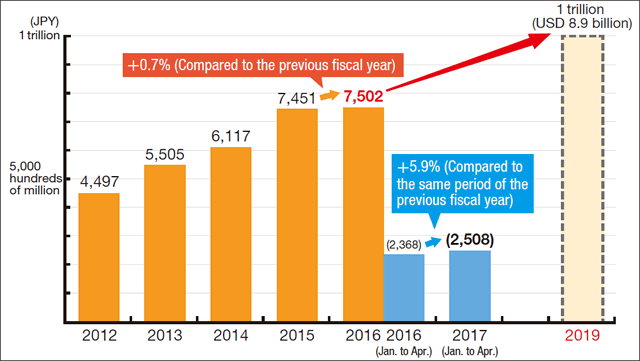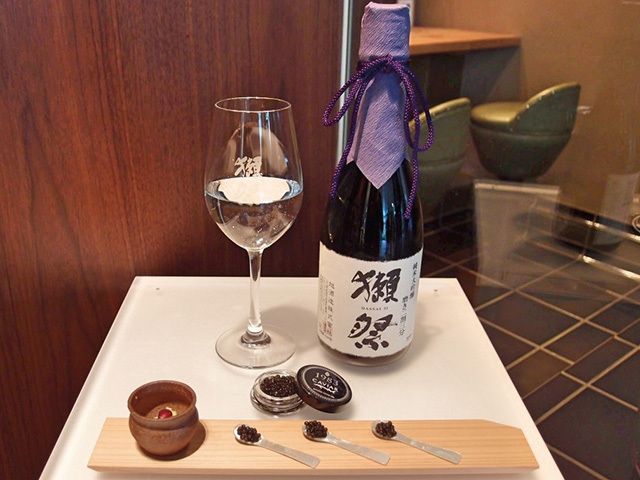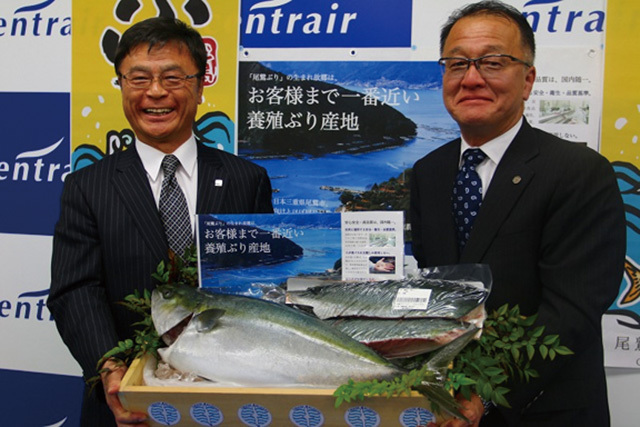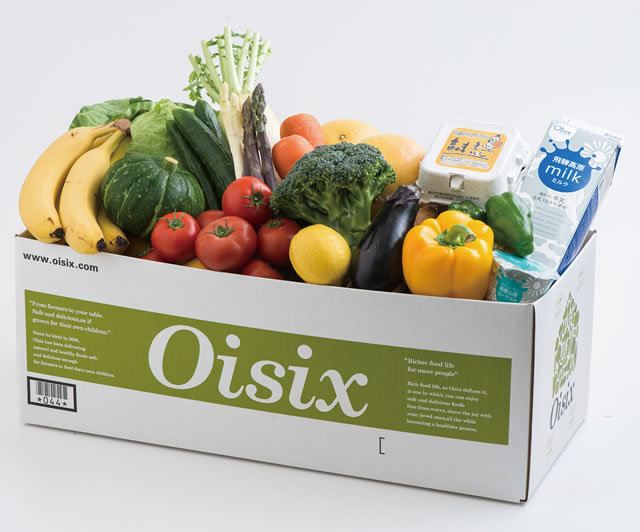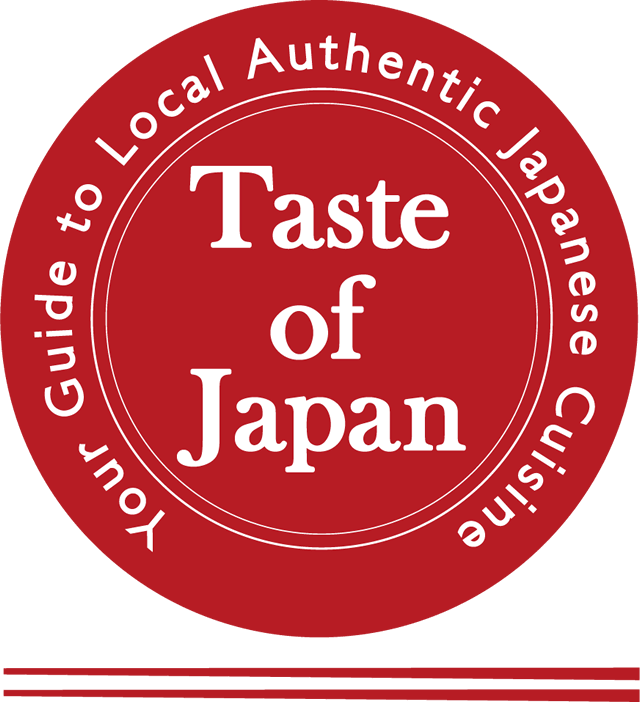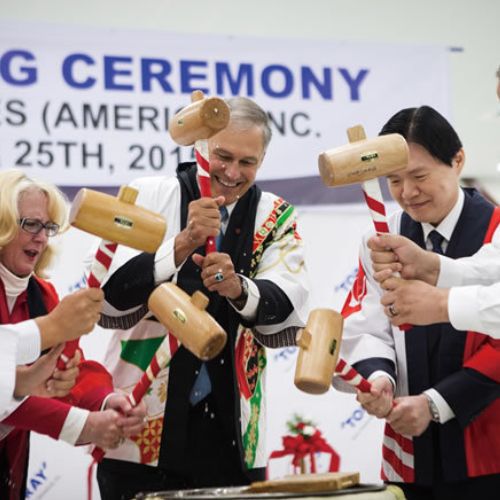Change in Japan's exports of agricultural, forestry and fishery products and foods
Japan’s 2019 goal of agricultural, forestry and fishery products and foods exports totaling over JPY 1 trillion (USD 8.9 billion) is within reach as overseas sales grow year after year.
Source: Compiled by the Ministry of Agriculture, Forestry and Fisheries using “Trade Statistics of Japan” data from the Ministry of Finance
Japanese agricultural, forestry and fishery products and foods are known for their great taste and excellent safety. They’re regarded as an important pillar of the health and longevity of the Japanese people , whose average life expectancy is the highest in the world at 83.8 years for men and 89.8 years for women. As these foods from Japan receive high evaluations all over the world, more and more people overseas are wanting to enjoy them. To help meet the growing demand, recent improvements in logistics networks, temperature management systems such as cold chain, and other technological innovations including electronic payment have made it easier to keep these foods fresh while exporting them. In addition, the Japanese government has been reforming many rules and institutions to enable farmers as well as various types of organizations to more freely expand their markets, including doing so overseas.
Japan sees these changes in the business environment together with free trade as an opportunity, and is now driving an export promotion campaign under the slogan “aggressive agriculture.” Japan’s value of exports of agricultural, forestry and fishery products and foods have increased for four consecutive years since 2013, reaching a record-high JPY 750.2 billion (USD 6.7 billion) in 2016. To add to this momentum, efforts involving stakeholders through publicprivate partnerships are underway, centered on “The Strategy to Strengthen Export Capabilities of the Agricultural, Forestry and Fisheries Industries” which was established in May 2016. Now Japanese government is trying to achieve the goal of reaching JPY 1 trillion (USD 8.9 billion) in exports for the year 2019.


























